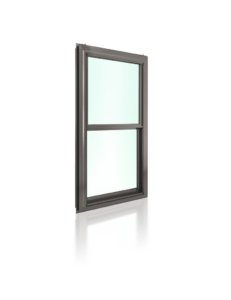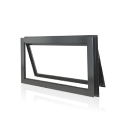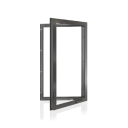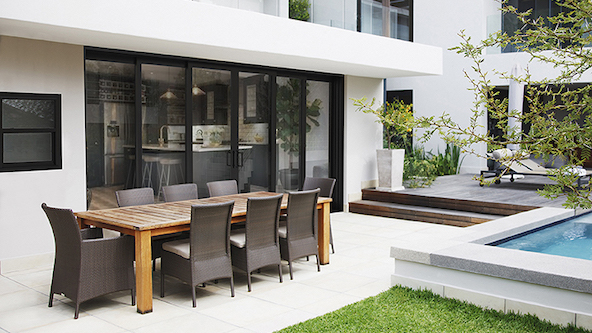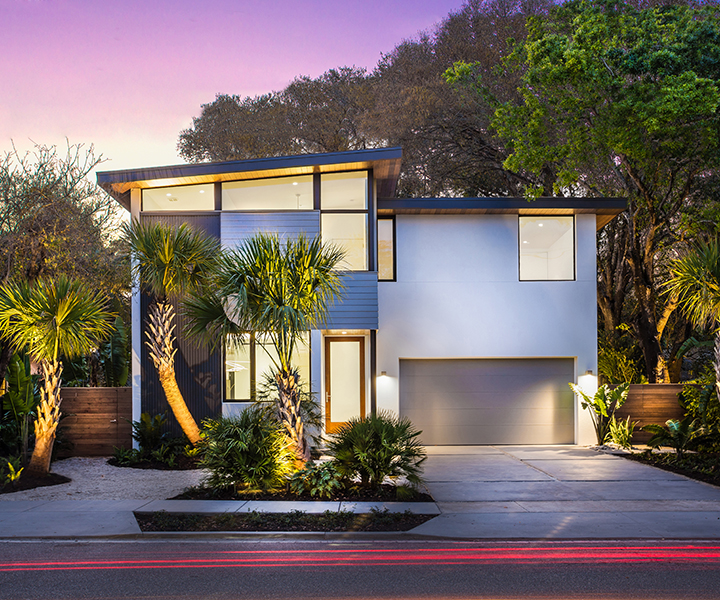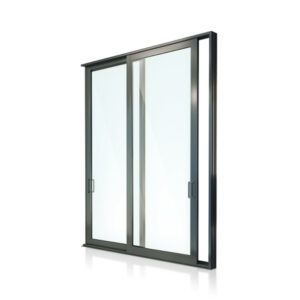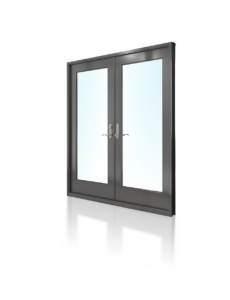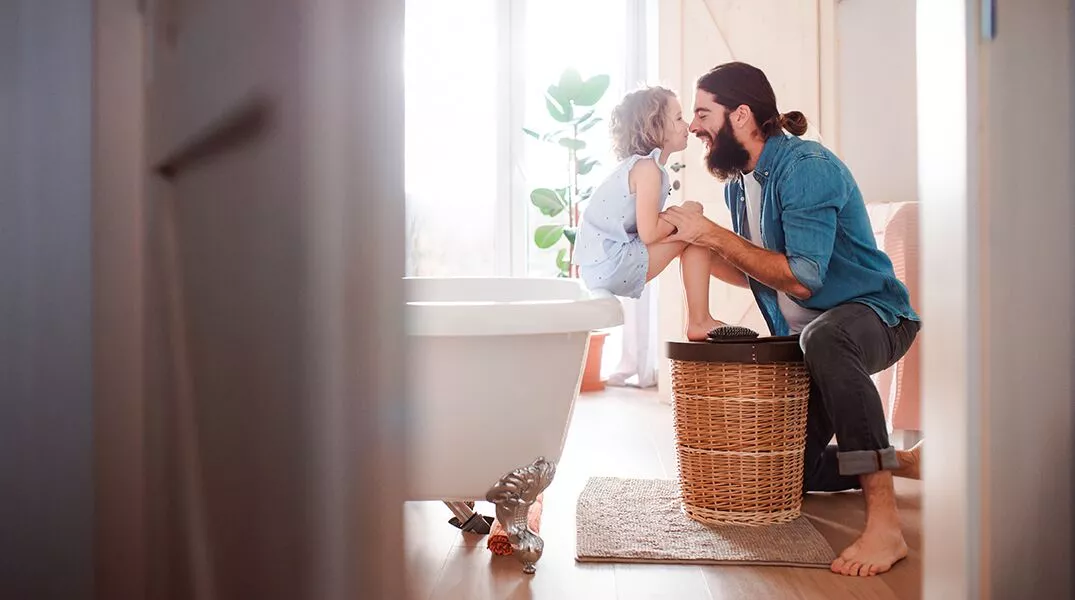The days at work may be long and challenging, but the nights and weekends at home should be relaxing and fun. There are many ways to turn your home into a haven where you can enjoy the peace, quiet, and serenity that you crave. With changes to your home environment and even changes to some of the structural elements of your house, you can lock out the chaos that might creep in from the outside world.
In this article, we’ll outline several things you can do to make your home more relaxing. Allowing more natural light into your home, adding plants and soothing sounds, using Feng Shui, and making other changes can transform your space into a place where you’ll love to spend time.
Let in More Natural Light
Natural light is both flattering for interior spaces and good for the psyche. Exposure to natural light boosts the production of the hormone serotonin, the body’s natural mood booster. Serotonin helps the body feel calm and focused. There are many things you can do to allow more natural light into your home.
Replace dark, heavy curtains with sheers. Dark, heavy curtains are good for blocking light at night, but during the day, heavy curtains can drag down the mood in the room. You can leave light-blocking curtains in your bedroom (darkness comes in handy when trying to sleep), but consider replacing heavy drapes in rooms like the living room and dining room where they’re not needed. Hang sheers, which are good for allowing natural light to filter into the room.
Upgrade your windows. Inefficient windows can heat the room when the sun shines in. Blocking the light can help control the temperature of the room, but at the expense of the comfort in the room. Upgrade your windows with ENERGY STAR fixtures to ensure comfort indoors, even as you let the light flow into your home.
Clean the window glass. Dirty window glass blocks sunlight, and what light does come through the glass may be poor quality. Clean your windows at least every six months to ensure the brightest and most beautiful daylight can enter your home.
Cut back shrubs. Shrubs that block windows also block sunlight. Cut back any overgrown shrubs that prevent sunlight from entering your home, or consider replacing large exterior shrubs with smaller plants that keep a lower profile. Work with a landscape artist to choose the best plants for these purposes.
Use Feng Shui
Feng Shui is a set of rules for decorating to create harmony. Feng Shui turns your home into a restful and more relaxing place. There are many places where you can integrate Feng Shui into your home, but if you’re limited on time and resources, the most important place to focus your attention is in the bedroom. Using Feng Shui in the bedroom ensures that you have a center of relaxation and calm in your home, where you can retreat at the end of a long day. There are many ways to integrate Feng Shui in your bedroom.
- Get a wooden headboard for your bed
- Position your bed against a wall, in a commanding position facing a door (but not directly in line with the door)
- Keep electronics out of the bedroom
- Eliminate clutter
- Focus on artwork that depicts what you want for your life
- Decorate in earth tones
- Keep water imagery and book collections out of the room
- Avoid installing mirrors
There are many things you can do to apply the rules of Feng Shui to your bedroom. Read up more on Feng Shui through online resources to find more ways to make your bedroom a restful, relaxing place.
Reduce Noise
Noise from the outside creates a chaotic environment where it’s difficult to even think, let alone relax. If you live in a noisy neighborhood, then noise inside your house might feel inevitable. It’s not. Noise enters the home in many ways. Eliminating those entry points can help make your house a quieter and more peaceful place overall. There are many things you can do to reduce noise inside your home.
Seal and insulate your home. Cracks and seams are entry points for noise. Sealing and insulating can help keep that noise out. Work with a handyman or professional contractor to weatherstrip and insulate your home, including caulking cracks and filling the gaps around your windows and doors.
Use welcome mats and carpeting. Sound bounces easily off hard surfaces, which means that hard flooring can help carry sound throughout your home. Carpeting helps absorb noise, while welcome mats can block the crack beneath your exterior doors.
Replace exterior and interior doors and windows with noise reduction windows and doors. Better than weatherstripping is replacing your home’s doors and windows with new windows and doors that have high sound transmission class ratings. Sound proof windows and doors are an excellent option because they reduce sound from things happening outside. Noises like sirens, barking dogs, and construction are all muffled or eliminated when sound proofing windows are installed.
Create a Relaxing Atmosphere
Sounds and smells contribute to the atmosphere in your home. Aromatherapy makes your home more relaxing, while calming music contributes to a soothing environment. Everyone has different ideas about what smells and sounds are most relaxing to them, so you’ll need to experiment with this. Some ideas:
- Place potpourri around your home. Refresh the potpourri periodically, as it will lose its scent and get dusty over time.
- Burn scented candles. Burn scented candles in parts of your home like the living room and bedroom, where the scents will be most appreciated and beneficial. Change the scents seasonally. For example, burn flower scented candles in spring, and cinnamon scented candles at the holidays, and so on.
- Play classical or jazz music. Put on gentle music in the background in parts of your home where you spend the most time. Classic composers like Chopin and Debussy are well known for their relaxing compositions.
Introduce Houseplants and Natural Items
Items from nature can be very relaxing. Studies show that houseplants can lift your mood and make you feel more comfortable while indoors. Put houseplants in each room of your home to make your indoor environment more calming and relaxing. Experiment with different types of plants and different sizes. Or, if you’re not comfortable with plants, consider simple pothos plants. Pothos plants are common houseplants because they’re easy to care for and require little more than watering and indirect sunlight.
Natural materials like stone and wood also help create a more relaxing environment for you to spend time. There are many ways that you can incorporate natural materials in your home. Hardwood, for example, is considered to be one of the most desirable flooring materials available. Stone can be shaped into vases, bowls, sculptures, and more.
Enjoy Your Haven for Rest and Relaxation
Adjusting the ambiance and environment in your home can reinforce that sense of peace and quiet. By making small changes over time, you can transform the way you live and even your quality of life.


